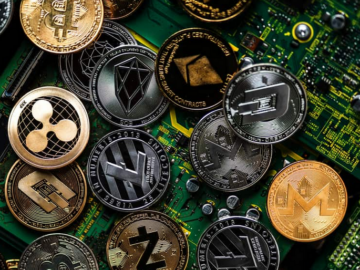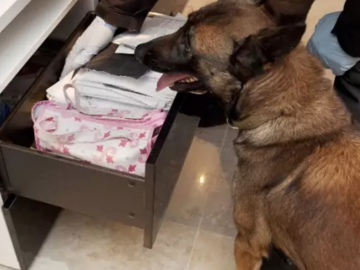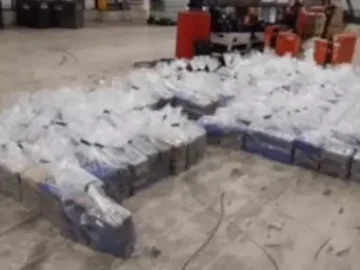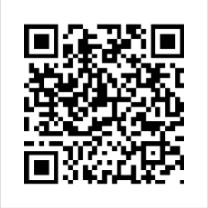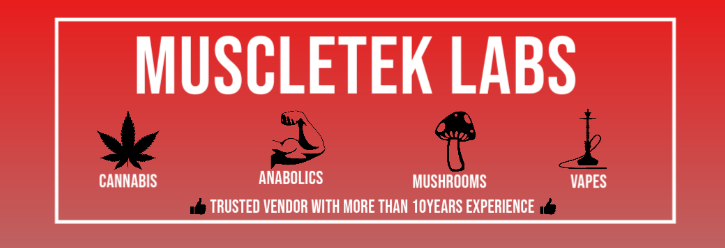Social Media, Fentanyl a ‘Deadly’ Combination, DEA Warns
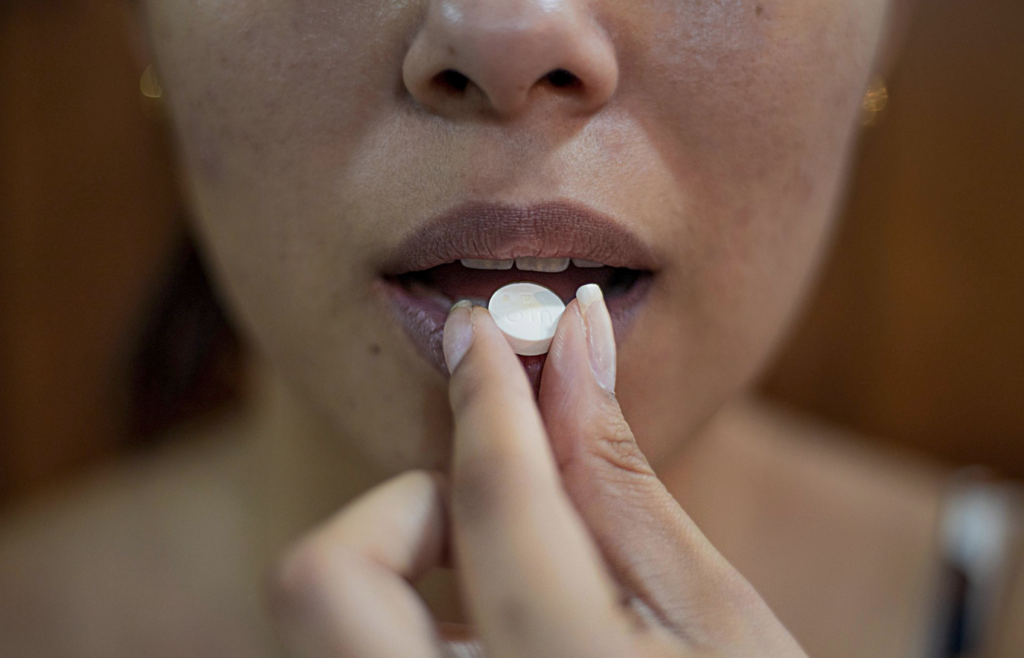
The U.S. Drug Enforcement Administration (DEA) confiscated millions of counterfeit fentanyl pills and over 28,000 pounds of methamphetamine as of 2020 — an amount large enough to kill every American—according to the most recent data.
But keeping track of the transportation and distribution of fentanyl-laced pills has become more complicated, because drug traffickers are using social media to sell the pills, according to an Addiction Center study.
This presents an unprecedented problem, as roughly 85 percent of Americans have smartphones, many of them young people who are emerging as a major market for the pills, reports The Guardian in an analysis of the study.
“In California, where fentanyl deaths were rare just five years ago, a young person under 24 is now dying every 12 hours, according to a Guardian analysis of state data through June 2021,” said The Guardian. “That’s a 1,000 percent increase over 2018.”
In previous years, advocates were concerned about fentanyl-laced heroin or other street drugs, but with the popularity of social media, drug dealers are lacing commonly sought after prescriptions like OxyCotin, Xanax, and Adderall with the deadly drug — or replacing the prescriptions altogether with Fentanyl pills shaped and colored identically to the sought after drug.
The resemblance of the fake and deadly fentanyl pills are so convincing, it’s leaving many scrambling to end the epidemic, Addiction Center details.
“You can fake out your parents, your friends, your partner, law enforcement,” says Joseph Palamar, associate professor and drug epidemiologist at New York University, according to Addiction Center.
“Social media is the perfect drug trafficking tool,” Anne Milgram, DEA Administrator said in a press conference on Dec. 16, following the DEA’s discovery of more than 570 new cases stemming from a single law enforcement surge, linking 39 fatal overdoses.
Milgram described how of every fake pill the agency encountered, roughly 40 percent contained at least 2 milligrams of Fentanyl — an amount comparable to a few grains of coarse sand — and enough to cause a fatal overdose.
Looked at another way, the Guardian details how federal agents seized nearly 10 million counterfeit pills in the first three quarters of 2021 – more than the previous two years combined. According to the DEA, Tests conducted on the pills showed that two out of five of the counterfeits contained enough fentanyl to kill.
“Every drug you try now is a game of Russian roulette,” said Shabbir Safdar, director of the Partnership for Safe Medicines, a non-profit fighting pharmaceutical counterfeits.
Selling Drugs on Social Media
Law enforcement and other experts say that buying illicit pills has never been easier, thanks to dealers moving from the dark web onto younger and more-accessible platforms like Snapchat, Instagram and Craigslist.
To that end, the dealers aren’t just the same people that teenagers encounter in their high school hallways. Milgram said the DEA is uncovering social media connections to pills coming from production facilities in Mexico that are fun by drug cartels using chemicals from China, according to NBC News.
“The cartels have harnessed the perfect drug-delivery tool — social media applications that are available on every single smartphone in the United States,” Milgram told NBC News.
A report released in December by the Tech Transparency Project (TTP) found that Instagram offers an instant “drug pipeline” for kids, making it possible for them to find Xanax, ecstasy and opioids in just a few clicks.
In June 2020, according to the Guardian, a 14-year-old boy was found unconscious in his bedroom in Orange county, California — a nearly full bottle of pills was found in his room after he had died.
“[He] had taken one pill that he thought was Oxycontin – one pill. I had no idea that one pill would kill him,” said his mother, as quoted by the Guardian “He had ordered an illegally manufactured pill right off of social media as easily as ordering a pizza.”
In September of last year, a 20-year-old in Long Beach had a bottle of 15 pills delivered to where he was staying with his grandmother after complaining that he couldn’t sleep and ordering from a dealer on Snapchat.
The next morning, his family found the pharmaceutical bottle with one pill missing.
His family shared screenshots with the Guardian of his Snapchat account where he conversed with an advertiser offering free delivery of “Oxy.”
“Hit my line, doing hella deals the rest of this week,” one post read.
Jennifer Park Stout, vice-president of global public policy at Snap Inc., which created Snapchat, said in an October Senate hearing that Snapchat had dramatically increased its efforts and was “absolutely determined to remove all drug dealers” from its site, according to the Guardian. Stout also said the company had “deployed proactive detection measures” to remove drug dealers, but “they are constantly evading our tactics”.
In a statement to the Guardian, Kelsey Donohue, a spokesperson for Snap, said the company was “determined to do our part to eradicate drug sales on Snapchat.”
Donohue listed several steps Snap has taken, including raising awareness of counterfeit pills directly in the app, using machine learning to proactively detect drug-related content, and working with law enforcement and other experts.
“We constantly evaluate where we can keep strengthening our work to combat this illegal activity,” Donohue concluded.




